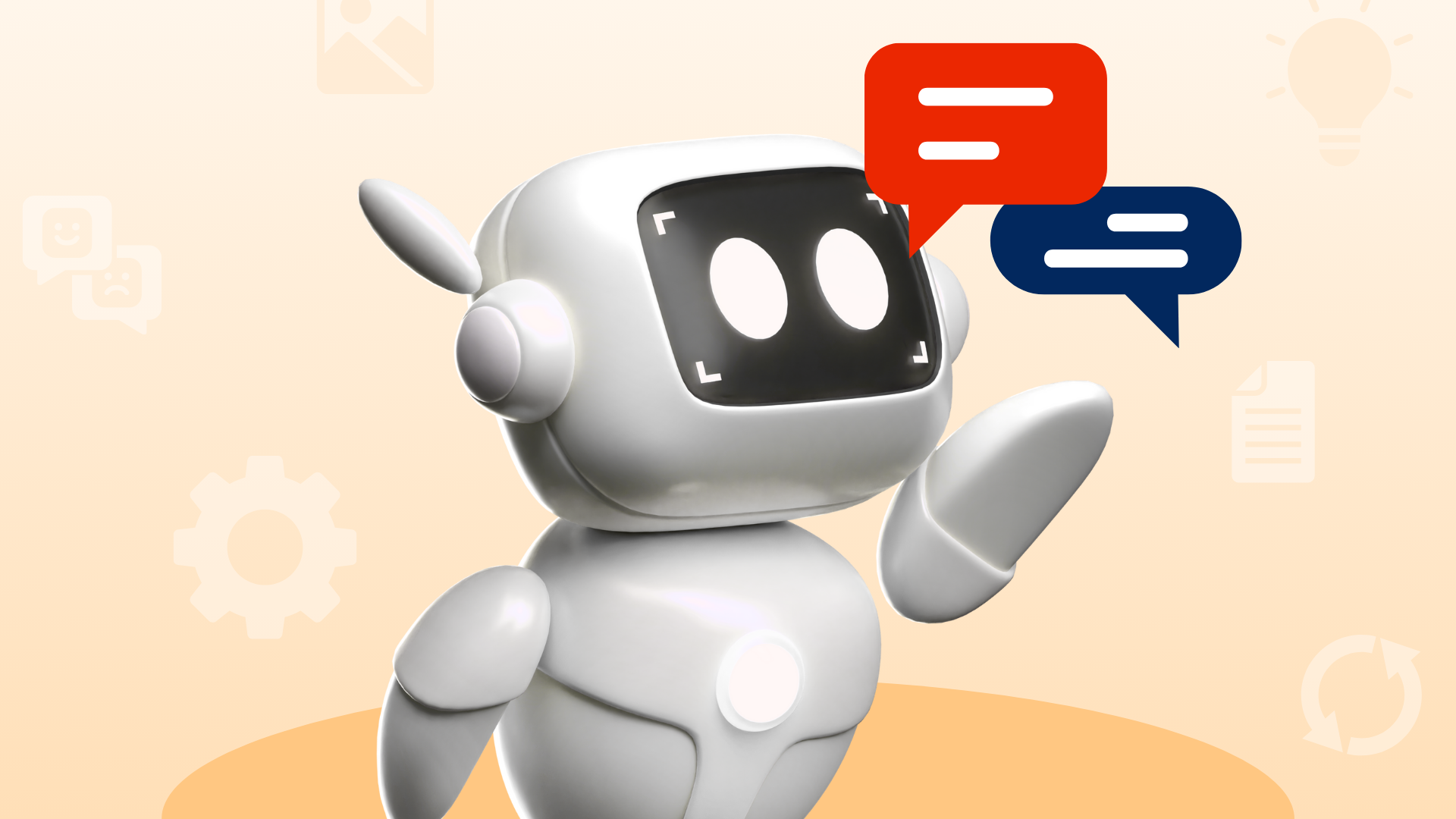How People Are Rethinking Productivity (And Why You Might Want to, Too)


The Old Productivity Playbook Is Obsolete
For years, productivity was all about hustle—constantly checking notifications, attending back-to-back meetings, and managing a to-do list that never seemed to end. But here’s the reality: this always-on culture is unsustainable. Burnout is becoming more common, and the "hustle culture" that once took center stage is finally losing its shine.
But there’s good news: a new mindset around productivity is emerging. It’s not about doing more—it's about doing what matters most. The aim is to work smarter, not harder, to make room for the things that truly enrich our lives.
From blocking time for deep work to automating routine tasks, professionals across industries are rewriting the rules for effective work. If you're still holding onto the old playbook, it might be time to rethink how you approach your work. Here’s why you should consider embracing these new productivity shifts.
Chatbots vs. Conversational AI: What’s the Limit?
Gone are the days of constant interruptions. Emails, Slack messages, Zoom calls—the distractions were endless. But that’s changing. The idea of focus hours—dedicated, uninterrupted time to tackle important tasks—is quickly gaining traction.
Companies like Basecamp have fully embraced focus hours, and the results speak for themselves. Employees reported a 30% increase in task completion when distractions were minimized (internal study, 2024). Even freelancers are adopting this approach. Author Cal Newport, famous for his book Deep Work, credits his productivity to his own focus block from 9 AM to noon.
“You don’t need more hours; you need better hours.” — Cal Newport, Deep Work
Let’s compare a traditional workday with one centered around deep, uninterrupted work:

Quick Win:
Try blocking off 90 minutes daily for your most critical task. Apps like Freedom or Cold Turkey can help lock out distractions. RescueTime (2023) found that this can add more than 2.5 productive hours per week. Give it a go for a week and see the difference.
Automation Isn’t Just for Techies Anymore
Automation used to feel like something only software engineers and big tech companies could handle. But in 2025, tools like Notion, Zapier, and Make have made automation accessible to everyone—from marketers to teachers to small business owners.
Take content creator Jamie Carter, for example. He uses Zapier to sync his Google Calendar with Notion, saving him 10 hours per month. Small businesses are also jumping on the automation bandwagon. A 2024 HubSpot report revealed that businesses using Mailchimp for email follow-ups have reduced manual outreach by 40%.
Beginner-Friendly Tools to Try:
- Zapier: Automates tasks by connecting apps (e.g., saving emails to Google Drive).
- Notion: Organizes projects with ready-made templates.
- Make: Builds custom workflows—no coding required.
Quick Win:
Set up a Zap to auto-save email attachments to Google Drive. It takes just 5 minutes and will save you hours of file-hunting each year.
Energy Tracking: The New Time Management

Forget counting hours. In 2024, the new focus is on energy management. Rather than structuring your day around deadlines or meetings, more and more workers are scheduling tasks based on when they’re at their peak energy.
Here’s the science: A 2024 Asana study found that 68% of employees who matched their tasks to their energy peaks (e.g., creative work in the morning, admin tasks in the afternoon) reported higher job satisfaction.
Meet Sarah, a project manager who uses the “energy audit” method to optimize her day:
- She tracks which tasks drain or boost her energy.
- She schedules her most demanding tasks during her “golden hours” from 10 AM to 1 PM.
- She leaves low-energy tasks (like checking emails) for the afternoon.
“I stopped cramming my day with tasks. Now, I plan around when I’m at my best.” — Sarah K., Project Manager
Quick Win:
For just one week, track your daily tasks using an app like Daylio or a simple spreadsheet. Label each task as either energizing or draining, then batch them accordingly—tackling high-energy tasks during your peak hours and saving easier ones for when your energy dips.
You’ll be amazed at how quickly you spot patterns in your productivity rhythm.
Real-World Examples of AI Agents in Action
One of the biggest productivity shifts? Rethinking meetings. We’ve all been stuck in endless check-ins that could have been solved with a simple email. More companies are reducing meeting overload—and the results are compelling.
Take Shopify, for example. In 2024, the company reduced recurring meetings by 25% by switching to Slack and Google Docs updates. Microsoft WorkLab found that teams save an average of 15 hours per month per employee with async communication. Meanwhile, Buffer’s marketing team replaced weekly meetings with a Notion page, cutting meeting time by 60% while still hitting deadlines.
The Meeting Audit Test: Before scheduling any meeting, ask yourself:
- Purpose check: Does this meeting have a clear, actionable goal?
- Async alternative: Could a document or email achieve the same outcome?
- Agenda requirement: Does the meeting have a shared agenda with defined decision points?
Power Move: Next time you’re invited to a meeting, ask: “Could we solve this async first?” If the meeting still stands, make sure there’s a clear agenda.
Wrap-Up: Clarity Over Speed
Productivity in 2025 isn’t about cramming more into your day. It’s about clarity, intention, and focus—without the burnout. Whether it’s blocking time for deep work, automating routine tasks, or aligning your work with your energy levels, these changes are transforming the way we work.
Start small: pick just one of these shifts and try it for a week. You might be surprised at how much more productive—and energized—you feel.
Ready to Supercharge Your Productivity?
If you’re ready to take your productivity to the next level, Eriko AI has created a tool that helps marketing and strategy teams boost efficiency by cutting down the hours spent on research, brainstorming, and strategizing. With this AI-powered platform, teams can quickly craft a tailored marketing strategy, streamlining the entire process and enabling them to focus on what truly matters.
Experience how you can accelerate your strategy development without the long hours of preparation.





